
News • Rare but dangerous infectious disease
New target to combat Melioidosis
Researchers have identified an enzyme that is a promising new therapeutic target to combat the dangerous bacterial disease melioidosis.

Clinical chemistry has evolved far beyond its beginnings of blood and urine analysis. Advanced techniques such as enzyme measurement, electrophoresis, and immunoassays have made their impact on the field, expanding its diagnostic capabilities. Keep reading for advances in automation and clinical chemistry applications for toxicology, urinalysis and much more.

Researchers have identified an enzyme that is a promising new therapeutic target to combat the dangerous bacterial disease melioidosis.
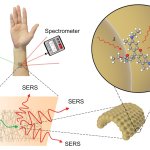
Researchers created a special ultrathin sensor, spun from gold, that can be attached directly to the skin without irritation or discomfort. The sensor can measure different biomarkers or substances to perform on-body chemical analysis.
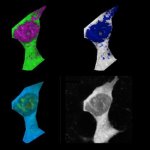
Researchers have shown that aggregation of amyloid-beta, one of two key proteins implicated in Alzheimer’s disease, causes cells to overheat and ‘fry like eggs.’

Liquid profiling is offering clear benefits in terms of cancer diagnostics and targeted therapy, but challenges remain in bringing it into the clinic.

Hyaluronic Acid LT Assay is an in vitro diagnostic test (IVD) for the quantitative determination of hyaluronic acid based on the latex agglutination method. This turbidimetric method can be applied to general clinical chemistry analyzers.
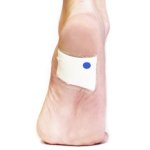
Scientists at Queen’s University Belfast have invented a tiny indicator that changes colour if a patient’s wound shows early signs of infection.
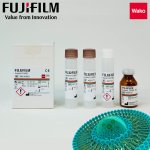
Autokit CH50 Assay is an in vitro diagnostic (IVD) test for the quantitative determination of total complement activity in human serum. The complement system is a part of the immune system that enhances/complements the ability of antibodies and phagocytic cells to clear pathogens from an organism.
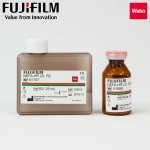
Non-Esterified Fatty Acids (NEFA) are one of the most important metabolites and energy source of peripheral tissues. The amount of NEFA in serum decreases by physical exercise and increases by starvation, cold or smoking. An increase or decrease is also observed in diabetes, hepatic, or endocrine diseases.
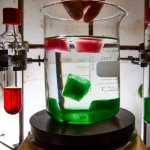
A new method involving deuterium can be used to stabilise compounds against degradation. This discovery could result in new drugs that can be taken in lower doses or less frequently.

Ion-mobility spectrometry (IMS) offers opportunities for rapid diagnosis and clinical decision-making due to breath analysis. As a rapid separation tool, it has clinical value in the identification and analysis of proteins, peptides, lipids, and glycans. The tool is already used as an exhaled drug monitor for anaesthetised patients. It is flexible, portable and has use for point-of-care testing,…

When patients are admitted to a hospital emergency room (ER) it is immediately vital to determine whether s/he has Covid-19. However, with a regular PCR test a result can take up to a few hours. Thus, initially, the patient must be isolated. During the height of the corona pandemic last year, researcher Ruben Deneer from Eindhoven University of Technology (TU/e) and clinical chemist Arjen-Kars…
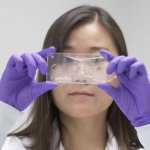
Integrating laboratory functions on a microchip circuit is helping improve the cost-effectiveness of drug development. So-called ‘lab-on-a-chip’ or ‘human-on-a-chip’ technology can highlight which treatments may, or may not, work before advancing along the clinical trial process. It can also have benefits for chronic and rare diseases, as well as helping shape personalised medicine.…
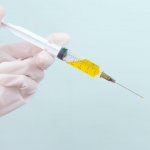
When a cell is infected, SARS-CoV-2 not only causes the host cell to produce new virus particles. The virus also suppresses host cell defence mechanisms. The virus protein nsP3 plays a central role in this. Using structural analyses, researchers at Goethe University in cooperation with the Swiss Paul Scherrer Institute have now discovered that a decomposition product of the virostatic agent…
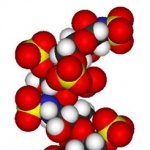
Using a nanopore, researchers have demonstrated the potential to reduce the time required for sequencing a glycosaminoglycan — a class of long chain-linked sugar molecules as important to our biology as DNA — from years to minutes. Research to be published this week in the Proceedings of the National Academies of Sciences shows that machine-learning and image recognition software could be…

BOLD-100/KP1339 is a ruthenium-based anticancer agent that has been co-developed at the University of Vienna and which has shown promising results in clinical trials in cancer patients. However, the mode of action of this metal compound has not yet been fully elucidated. Researchers from the University of Vienna and the Medical University of Vienna have now been able to demonstrate that BOLD-100…

Evidence is emerging that vitamin D – and possibly vitamins K and A – might help combat Covid-19. A new study from the University of Bristol published in the journal of the German Chemical Society Angewandte Chemie has shown how they – and other antiviral drugs – might work. The research indicates that these dietary supplements and compounds could bind to the viral spike protein and so…
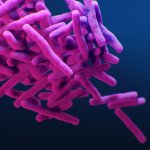
With Covid-19 dominating medical science and human concern, chemists at the University of Sydney have developed a method to quickly and safely synthesise protein vaccines for respiratory diseases for pre-clinical tests. Their approach can be used to test vaccine strategies against novel pandemic pathogens such as SARS-CoV-2, the virus that causes Covid-19.
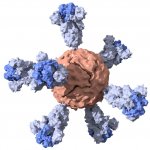
Before the pandemic, the lab of Stanford University biochemist Peter S. Kim focused on developing vaccines for HIV, Ebola and pandemic influenza. But, within days of closing their campus lab space as part of Covid-19 precautions, they turned their attention to a vaccine for SARS-CoV-2, the virus that causes Covid-19. Although the coronavirus was outside the lab’s specific area of expertise,…
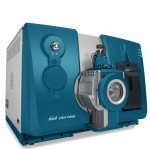
Clinical biochemistry laboratories face many daily challenges, including managing high sample workloads, managing clinician requests for novel tests, and generating and reporting out results in a timely fashion. Irrespective of the methodology employed, high quality and reproducible results are imperative since patient diagnosis and treatment plans are based largely on lab results. For this…